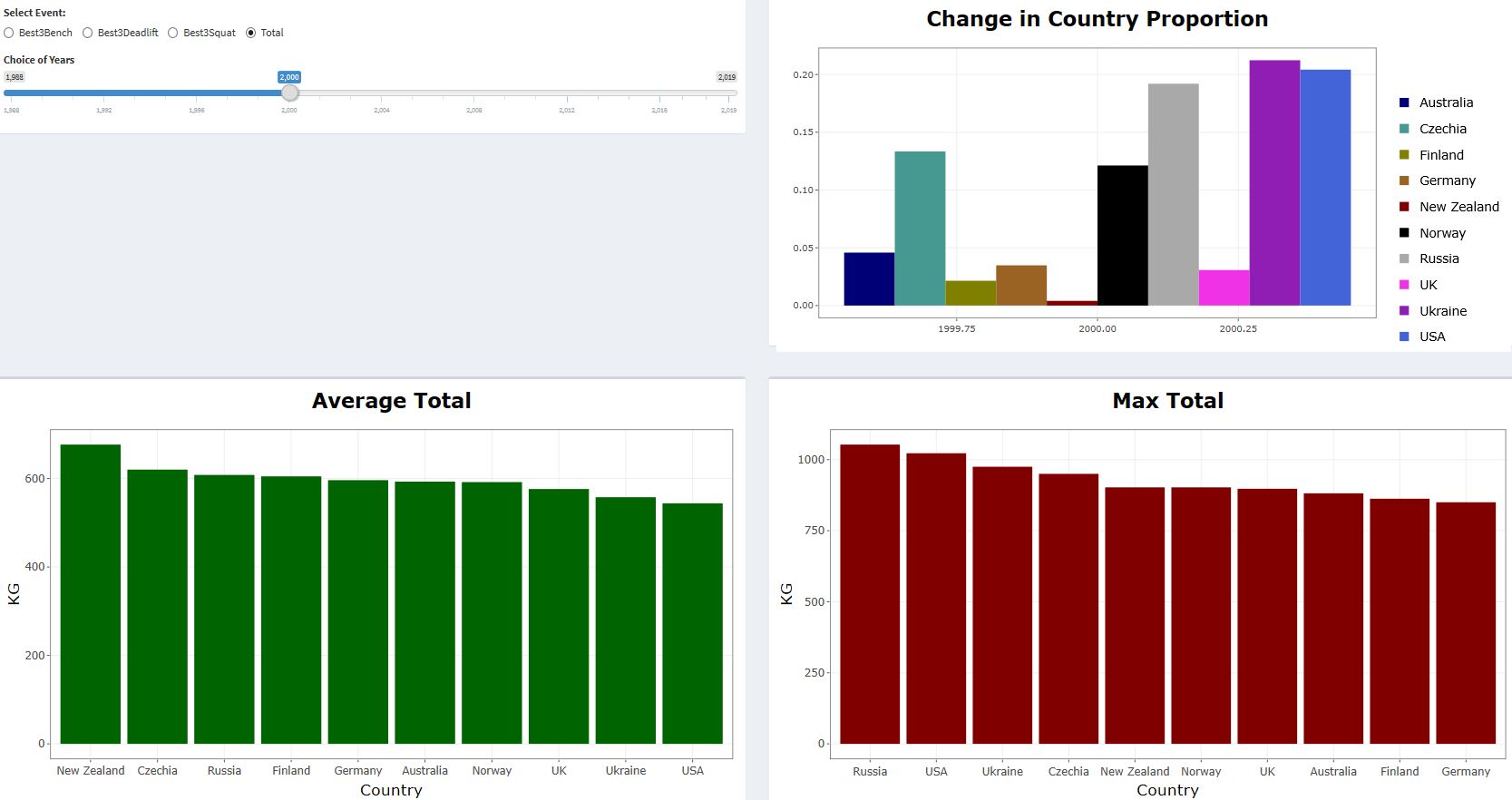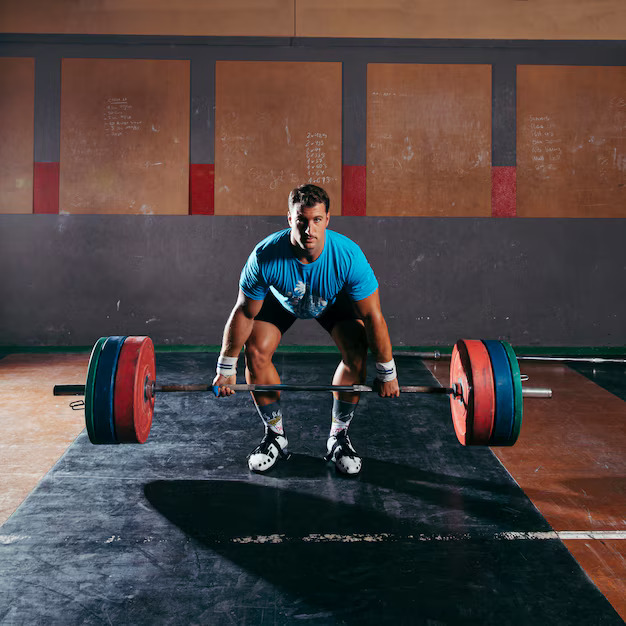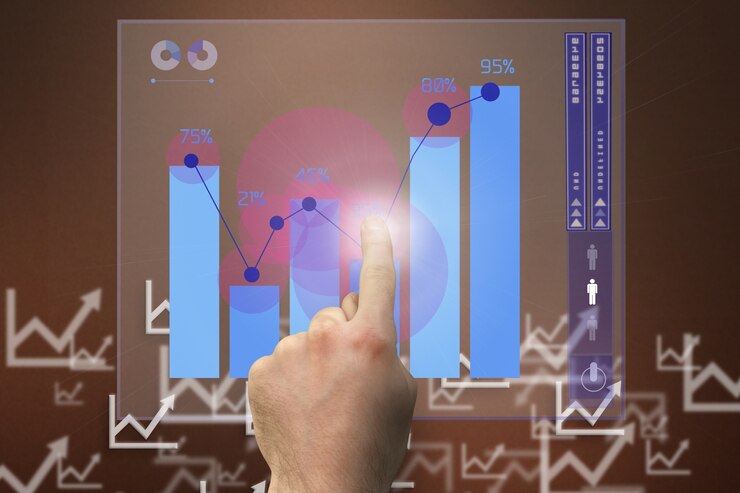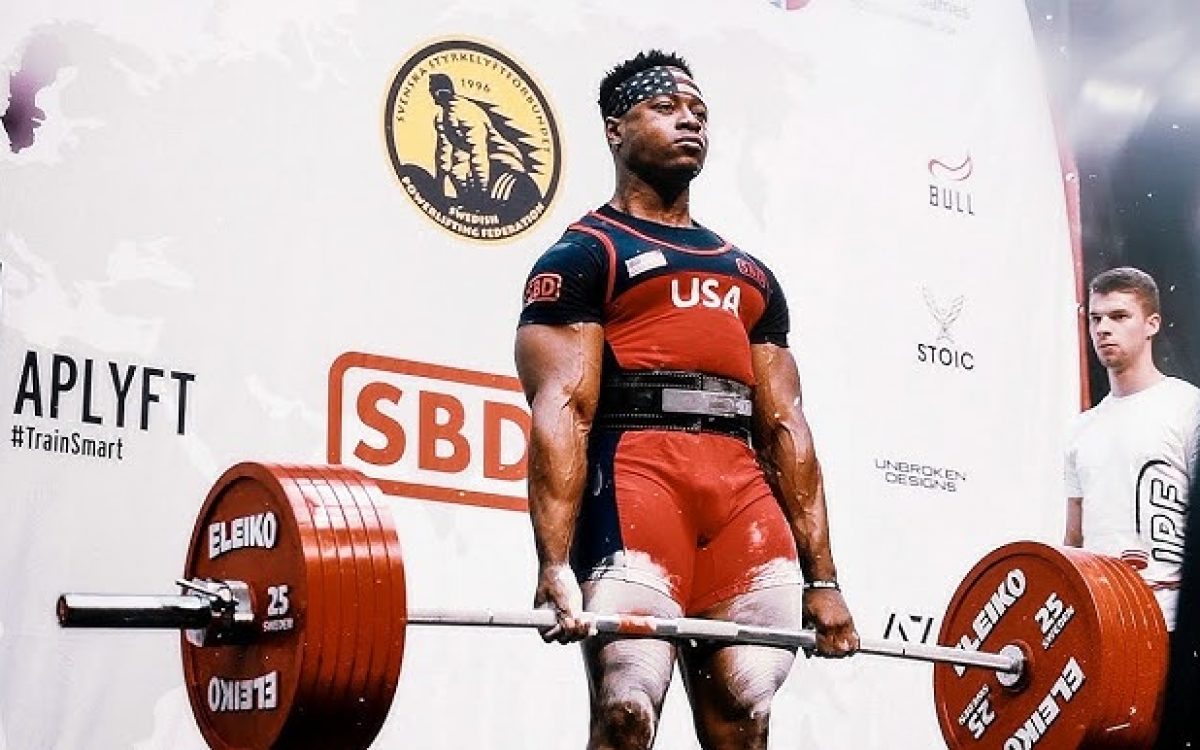Powerlifting, a competitive strength sport, focuses on maximal lifts in the squat, bench press, and deadlift. The sport’s history is deeply intertwined with the evolution of strength training and competitive lifting. In this detailed overview, we’ll explore the origins, development, key milestones, influential figures, and the growth of powerlifting from its early days to the present.
Early Origins of Strength Training and Weightlifting (Pre-Powerlifting Era)
To understand the roots of powerlifting, we first need to look at the broader history of strength training and physical culture, as these areas laid the groundwork for modern powerlifting. Strength training has existed in various forms for centuries, but organized competitive lifting can be traced back to ancient civilizations.
Ancient Civilizations and Strength Competitions
The earliest records of physical competition date back to ancient Greece, where events such as the “Panathenaic Games” featured feats of strength and were a precursor to the Olympic Games. Events such as stone lifting were common, and athletes were celebrated for their physical prowess. In ancient Egypt and Mesopotamia, heavy lifting was also part of both military training and ceremonial rituals.
The Birth of Modern Weightlifting
In the late 19th century, competitive weightlifting began to take shape as part of the broader European physical culture movement. Figures like Eugen Sandow, often considered the father of modern bodybuilding, began to popularize physical culture in Europe. His exhibitions of strength were a key influence on the development of weightlifting. In the early 1900s, weightlifting competitions began to emerge in Europe, governed by formal rules and focusing on the clean and jerk and the snatch. These lifts are now part of Olympic weightlifting.
However, this was still distinct from the powerlifting we know today, which would develop later in the century.
The Emergence of Powerlifting (1950s–1960s)
Powerlifting as a distinct sport started taking shape in the mid-20th century. During this time, strength athletes in the U.S. began experimenting with different lifting techniques and training methods that weren’t always part of the traditional Olympic weightlifting competitions.
The Founding of Powerlifting
Powerlifting, as a sport, evolved from the practice of “odd lifts,” a series of strength feats and exercises that were performed in a non-competitive or informal manner. These lifts were not part of Olympic weightlifting, but they included movements such as the squat, bench press, deadlift, and military press. The distinction between these lifts and the Olympic lifts would eventually lead to the birth of powerlifting.
In the 1950s, the concept of “powerlifting” was starting to take shape in the United States. Strength enthusiasts would gather to test their ability across different lifts, focusing on raw strength rather than technique or coordination. It wasn’t until 1964, however, that the first formal powerlifting competitions were held, although the term “powerlifting” had not yet been universally adopted.
The Formation of the First Powerlifting Federation
The major turning point came in 1965 when the United States Powerlifting Federation (USPF) was founded, led by figures such as Jim Williams and others who wanted to create a sport focused solely on maximal strength in three lifts: the squat, the bench press, and the deadlift. This new direction differed from the Olympic weightlifting model, which had historically emphasized technique and agility, especially in the snatch and clean and jerk.
At the time, the squat, bench press, and deadlift were already well-established in bodybuilding and strength circles but were not being officially recognized as part of any competitive lifting format. The development of powerlifting, with its specific focus on these three lifts, quickly gained traction.
The Growth of Powerlifting (1970s–1980s)
In the 1970s and 1980s, powerlifting started to solidify its identity, with competitions held more frequently, and powerlifters began to gain recognition. These decades also saw the creation of several powerlifting organizations and the professionalization of the sport.
The First National Competitions
In 1972, the first National Powerlifting Championship was held, and in 1973, the International Powerlifting Federation (IPF) was established, becoming the main governing body for powerlifting worldwide. These competitions provided athletes with a platform to showcase their strength and gain a reputation in the growing sport.
The 1970s also saw the development of strict rules regarding the execution of the three main lifts. Powerlifting organizations, especially the IPF, codified these rules and created standards for judges and competition formats. The inclusion of equipment, such as lifting belts, knee wraps, and eventually bench shirts, also started becoming standardized.
The Rise of Legendary Athletes
The 1970s and 1980s also introduced some of the sport’s most iconic figures. One of the first true legends of powerlifting was Paul Anderson, an American who is often regarded as one of the strongest men to ever live. Anderson, a weightlifting gold medalist at the 1956 Olympics, is known for his raw strength, particularly his back squat, where he famously lifted over 1,200 pounds.
Another legendary figure from this era was Ed Coan, often hailed as the greatest powerlifter of all time. Coan began competing in the late 1970s and went on to set 71 world records over his career. He was known for his remarkable consistency, technical mastery, and ability to compete across multiple weight classes.
Technological Advancements and the Equipment Era (1990s–2000s)
The 1990s and 2000s were pivotal decades in the evolution of powerlifting, marked by advancements in training techniques, the development of new lifting equipment, and the rise of new federations.
The Rise of Equipped Powerlifting
Powerlifting evolved in the 1990s with the development of more specialized lifting gear, such as squat suits, bench press shirts, and deadlift suits. These suits were made from materials like canvas, denim, and polyester, and they were designed to provide support and assist with lifting heavier loads. The advent of these aids transformed the sport, and a new category known as “equipped powerlifting” emerged. Equipped lifters could lift significantly more weight than raw lifters, but the use of such equipment introduced a new set of debates about the nature of the sport.
The Split Between Raw and Equipped Powerlifting
By the early 2000s, powerlifting was split into two main factions: equipped and raw (or classic) powerlifting. Raw powerlifting, which involved lifting without any supportive gear beyond a belt, was seen by many as a return to the sport’s roots. Raw lifters prided themselves on lifting strictly based on their own strength, without external assistance.
The raw vs. equipped debate became a central theme within powerlifting, leading to the creation of separate competitions and divisions. This debate persists to this day, with raw lifting now being the more popular form of the sport.
The Professionalization and Globalization of Powerlifting
During the 1990s and 2000s, powerlifting also experienced a surge in global popularity. The rise of the internet and social media helped powerlifting to expand worldwide, bringing new talent to the sport and making it more accessible to fans and competitors alike.
Additionally, federations such as the USAPL (USA Powerlifting), IPF, and others gained significant influence. These organizations standardized lifting rules, introduced drug testing policies, and organized world championships, all of which helped to professionalize the sport and attract more high-level athletes.
Notable Athletes of the Era
The 1990s and 2000s produced many memorable athletes. Bill Kazmaier, one of the most celebrated strongmen of all time, competed in powerlifting and set numerous records. Other influential lifters included Kirk Karwoski, who set multiple squat records, and Tommy Fannon, who was known for his consistent performances in both the squat and the deadlift.
Another noteworthy figure was Ed Coan, who continued to dominate the sport through the 1990s. His records and performances set the standard for future generations of lifters.
Powerlifting in the 21st Century (2010s–Present)
The past decade has seen continued growth in powerlifting, with more athletes entering the sport and significant improvements in technology and training methods.
The Rise of Social Media and Streaming
One of the most significant trends in recent years has been the rise of social media and live streaming. Platforms like Instagram, YouTube, and Twitch have allowed lifters to showcase their talents to a global audience, and the sport has attracted a large following. Some athletes, such as Larry Wheels and Brittany Schuett, have gained massive followings online, further popularizing the sport.
Increased Popularity of Raw Powerlifting
In the 2010s, raw powerlifting continued to grow in popularity. Competitions like the World Raw Powerlifting Federation (WRPF) and the USAPL Raw Nationals became key events in the sport, and athletes like John Haack, Jesse Norris, and Krystle Novak rose to prominence.
Record-Breaking Performances
Powerlifting has seen incredible performances in the last decade, with world records being shattered by athletes from around the world. One such performance was Yordan Tsonev’s 1,100 lb deadlift in 2019, which became a significant milestone in the sport. Similarly, Taylor Atwood’s dominance in the 74kg class and Shawna Mendelson‘s exceptional performances in women’s powerlifting showcased the continued strength of the sport.
Conclusion
Powerlifting has come a long way since its humble beginnings. From its roots in early strength competitions to its rise as a distinct sport with millions of followers worldwide, the evolution of powerlifting is a testament to.





